
The Great Pyrenees has a large head, drooping rounded ears and a long plumed
tail. However, the head is not heavy in proportion to its size. There is sufficient
bone and muscle providing balance to its frame. Its double coat is weather
resistant consisting of a long, flat, thick, outer coat of coarse hair over
a dense, wooly undercoat. Its movements are smooth and elegant that suggests
power and agility. It is an ancient breed who got its name from the mountain
range in Southwestern Europe. Also known as the Pyrenean Mountain Dog in the
United Kingdom, it is called Le Chien de Montagne des Pyrenees or Le Chien
des Pyrenees in its native France. It is in the Pyrenees Mountains where the
breed developed its characteristics of a unique flock guardian dog.
Life Expectancy:
10-12 years
Energy Level:
Gentle
Living Conditions:
Needs ample space both indoors and out.
Barking:
Average.
Exercise Needs:
Daily outdoor activities.
Breed Group:
Working
Size:
Large & Tall
Height:
25 to 32 inches
Weight:
85 to 115 pounds
Standard Hair Colors:
White; can have markings of gray, badger, reddish brown or
varying shades of tan.
National breed club:
The Great Pyrenees Club of America
The Great Pyrenees was originally bred to protect sheep. At present, it has become a trusted companion and family dog. It is proving itself as a versatile breed as it is fast gaining popularity as therapy and rescue dogs. One of its special abilities is the capability to identify predators and unwelcome visitors. Long after the bears and wolves have gone from the mountains, the Great Pyrenees continue to guard homes, property and large estates.
The Great Pyrenees is territorial and protective of its flock and family. It is by nature confident, gentle and affectionate while being strong willed, independent and fearless at the same time. It exhibits quiet composure, patience and tolerance in its dealings with humans and fellow animals. The lonely mountain pastures has taught this breed the devotion and understanding he possess for mankind.
Regular exercise would benefit a Great Pyrenees due to their natural instinct of patrolling a large territory. It is important for it to enjoy outdoors activities as a bored and lonely dog of this breed can be destructive.
It is in a farm or other similar environment where the Great Pyrenees thrives best. It is recommended to provide the dog a quiet place of its own. For urban living, a well fenced yard is a must. A small apartment or home with a small yard may not be able to provide sufficient space for its activities.
It is necessary to have a weekly grooming routine and inspection for a Great Pyrenees. A wire card brush can be used to pick-up any loose hairs. Sometimes called the most beautiful dog, it is endowed with a coat that sheds dirt and makes grooming fairly easy. It will enjoy occasional baths and dry cleaning.
The Great Pyrenees is basically a healthy and long lived breed. Some areas to be checked regularly are the presence of worms and other parasites, ear infections and fungus between toes. This breed has a low metabolism and sensitive to anesthesia. It may be prone to hip dysplasia.
...then it is possible that you would like a Newfoundland. It is believed to have originated from a cross between the Great Pyrenees and the ancestors of the Labrador Retriever. It is also kept mainly as a pet and guard dog.
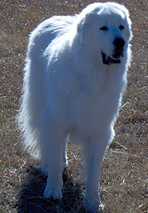
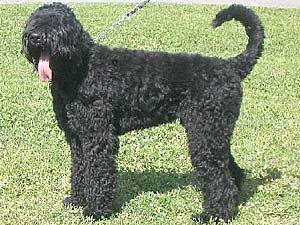 Black Russian Terrier
Black Russian Terrier
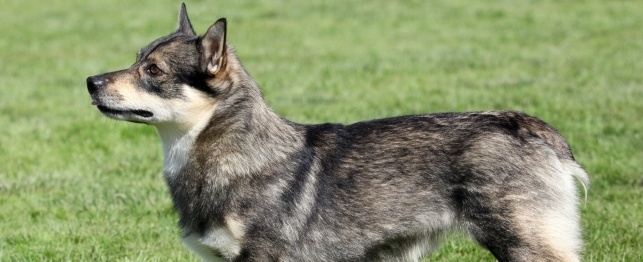 Choosing a Swedish vallhund
Choosing a Swedish vallhund
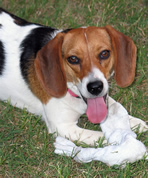 Beagles: A guide to dogs and puppies of the Beagle breed
Beagles: A guide to dogs and puppies of the Beagle breed
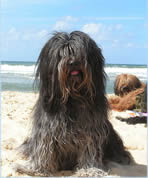 Schapendoes: A guide to dogs and puppies of the Schapendoes breed
Schapendoes: A guide to dogs and puppies of the Schapendoes breed
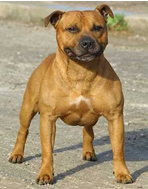 Staffordshire Bull Terriers: A guide to dogs and puppies of the Staffordshire Bull Terrier breed
Staffordshire Bull Terriers: A guide to dogs and puppies of the Staffordshire Bull Terrier breed
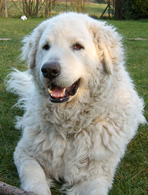 Kuvaszs: A guide to dogs and puppies of the Kuvasz breed
Kuvaszs: A guide to dogs and puppies of the Kuvasz breed
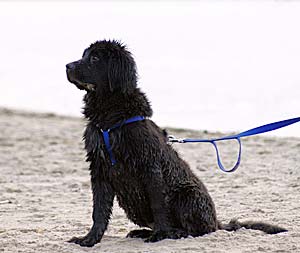 Newfoundland
Newfoundland
Newfoundland
Newfoundland
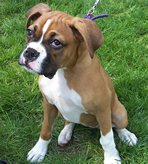 Boxers: A guide to dogs and puppies of the Boxer breed
The Boxer!
The Boxer is a medium-sized, square built dog of
Boxers: A guide to dogs and puppies of the Boxer breed
The Boxer!
The Boxer is a medium-sized, square built dog of
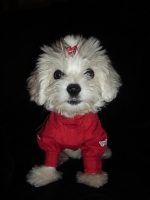 Malteses: A guide to dogs and puppies of the Maltese breed
The Maltese!
The Maltese, also known as Bichon Maltaise, is
Malteses: A guide to dogs and puppies of the Maltese breed
The Maltese!
The Maltese, also known as Bichon Maltaise, is
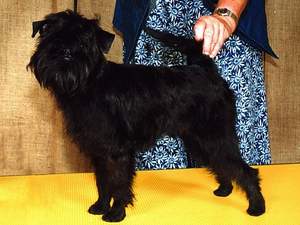 Affenpinscher
Affenpinscher
Affenpinscher
Affenpinscher
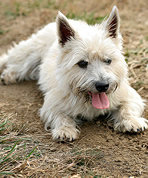 Cairn Terriers: A guide to dogs and puppies of the Cairn Terrier breed
The Cairn Terrier!
This feisty little dog is full of person
Cairn Terriers: A guide to dogs and puppies of the Cairn Terrier breed
The Cairn Terrier!
This feisty little dog is full of person
Copyright © 2005-2016 Pet Information All Rights Reserved
Contact us: www162date@outlook.com